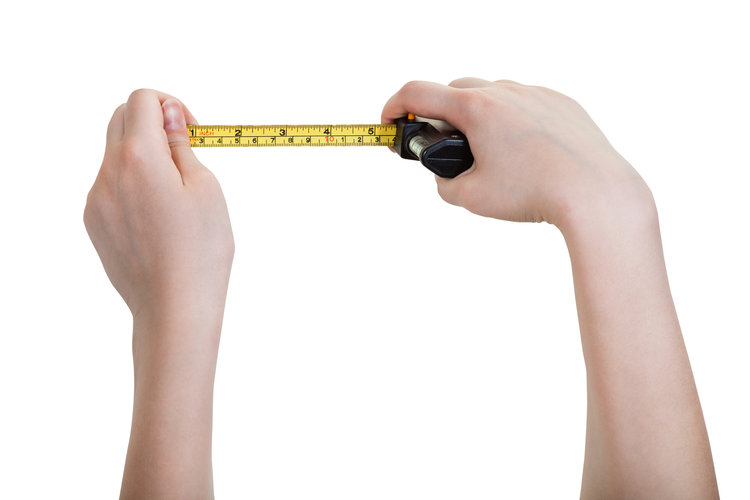If you are like most traders, there comes a time that you have discovered a trade that seems to hit all the important parameters for you. It can be traded on a vehicle of choice, its capital requirements (including those set aside for adjustments) fit your trading account, and the style of the trade is aligned with your personality and trading style.
You've been trading this “ideal” trade now for some time in a relatively small size. It has performed well overall, and now you feel it's time to size up.

HALT RIGHT THERE!
Before sizing up on any position, be sure you are ready for reality. Has the trade been backtested in the larger size? You will want to thoroughly backtest the new position size before moving forward. You need to be accustomed to seeing the larger theoretical profits and losses with the larger size. You need to be prepared to accept the larger losses, as well as the larger gains. If you manage your trade by the Greeks, you should also be totally comfortable with the levels of the Greeks in the larger size, and how that may affect your adjustment plans.
We as traders try to remove as much emotion as possible from our trading business, although we know it is impossible to remove emotion altogether. You want to avoid that discomforting feeling that you are taking on too much risk by increasing position size. However, the reality exists that the larger potential losses can lead to undue stress when a trader has sized up too quickly, and without proper research. Trading outside of your comfort zone, and sizing up too quickly, can lead to overtrading, making rash decisions, and closing a trade that isn't in trouble because you can't handle the stress of looking at the theoretical loss even though it is well within your trade guidelines. Even worse, sizing up too quickly can lead to NOT closing a trade that IS in trouble because the loss is too big for your account to accept.
How can you determine the proper position size for your account?
Before making any decisions about increasing position size, it is probably a good idea to have a clear understanding of some general recommendations on position size in general, in relationship to your account size. Position sizing is, of course, subjective. What is good for one trader may have a negative impact on another. However, you do need to have something in place as you manage your trading business. This article is meant to be a general guide to help you determine the position size that is right for you.
Set a Firm Stop Loss Level
First and foremost when determining position size, and regardless of what type of strategies you trade, is a stop loss (max loss) on each and every trade. This is the point that you call it quits, exit the position, take your lumps, and move on. Remember, we are all going to have losses; it is the traders that learn from them that are successful over time. As a general guideline, a trader should not risk more than 1 – 5% of their account balance on any one trade. Successful traders with larger accounts most likely risk less of a percentage per trade than those with smaller accounts.
Be Consistent and Disciplined in Your Trading
Successful traders are methodical and consistent as they trade, with their winning trades and their losing trades.For example, if you are risking 4% of your portfolio per trade, then ALWAYS risk 4% unless you change your entire trade plan. There is not a trade in existence that is so perfect that it requires more money than your maximum risk per trade.
“For those who have learned how to be consistent, or have broken through what I call the “threshold of consistency,” the money is not only within their grasp; they can virtually take it at will. I'm sure that some will find this statement shocking or difficult to believe, but it is true. ” Mark Douglas
In summary…
Whether a trader risks a percentage of their account on each trade, or chooses a fixed dollar amount, every trader does it differently depending on their risk tolerance. Determining the proper position size for your own trades can have a very positive impact on your trading results. It doesn't matter what type of strategies you trade, don't size up too quickly, adhere to whatever stop loss works for your account size, and remember that consistency and discipline are key elements for your long term success.
I hope you find this article helpful in determining the best position size for your account and your trading style. Feel free to add a comment below.


